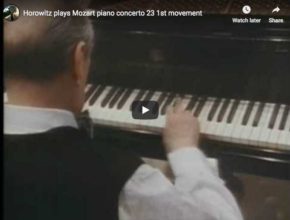
Blog







Liszt – Dreams of Love – Buniatishvili, Piano
Dreams of Love is a set of three solo piano works published in 1850 by Franz Liszt. Originally the three Liebesträume were conceived as lieder after poems by Ludwig Uhland and Ferdinand Freiligrath.


